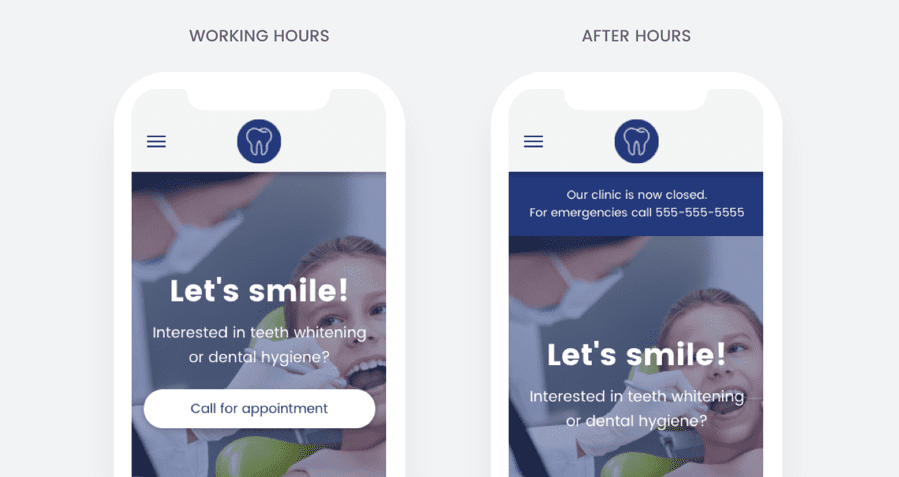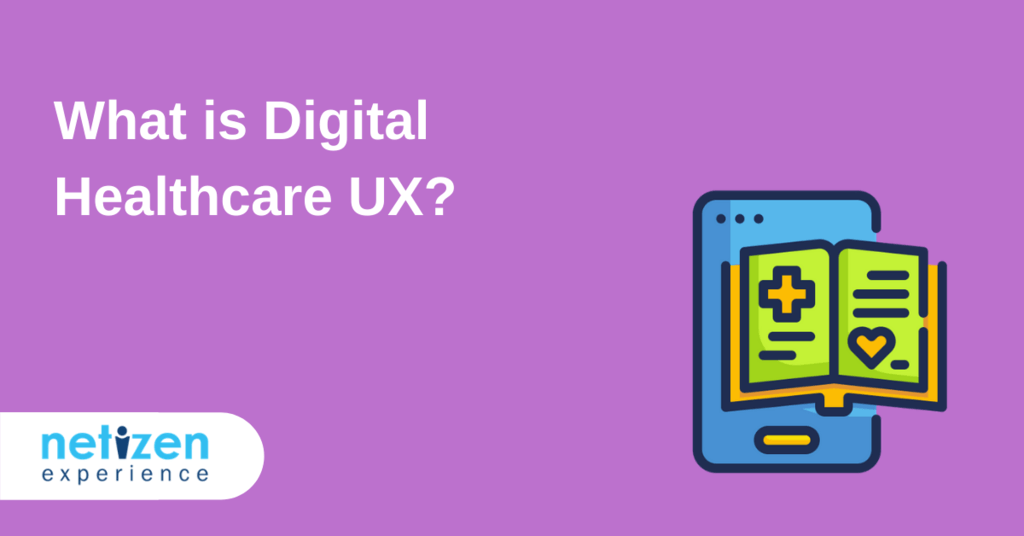What is Digital Healthcare UX?
Healthcare is complex and digital healthcare UX is relatively new compared to more widely known UX disciplines such as e-commerce UX for example. Designing digital healthcare UX requires more thought and consideration, the healthcare industry is so heavily regulated and complicated, with various moving parts that are not often communicated effectively. Understanding how to design effective digital healthcare UX includes considerations of patients’ needs and frustrations, as well as considering the other parties in the ecosystem such as specialists, governments, insurance companies, etc.Patient-Centred
Start with empathy in the patient’s user journey, meeting patients where they are is vital, especially because healthcare journeys are often complicated and personal. It isn’t just a single transaction but instead there are multiple touchpoints across the span of days, months or even years. Along the way, the patients’ emotions range between anxiety, frustration, satisfaction, fear and doubt. Digital healthcare UX needs to have a bedside manner, it needs to be empathetic, to be patient-centred. Recognising and working to understand the various needs, feelings, and expectations of a patient through each step of their journey is the starting point to a good digital healthcare UX, not the design, or prototypes or coding. User research such as in-depth interviews, diary studies, user persona helps to uncover insights into patients’ emotions and actions, steering the healthcare digital experience in the right path, setting a firm foundation to build excellent digital healthcare UX. Having the user journey map provides invaluable insights, and with empathy, generates a road map to kick start the design and building process. There is a lot more on the line for digital healthcare UX, for some patients, it could be a matter of life or death, which is why patient-centred UX is vital.Usable
Digital healthcare UX is usable, there is a great extent of utility involved. Patients don’t want to get things done, they need to get things done. Digital healthcare has opened up an opportunity in saving time and effort, providing complex utility. At the touch of our fingertips, we can order food, book an entire holiday, get groceries, hire a car, pay our bills. These experiences have become so common that it’s considered the norm, this is utility and it’s very much expected. When it comes to digital healthcare UX, this is no exception. The principle of utility, to make it usable, is an important consideration and necessity. Patients need to be able to take control and gain value, such as booking an appointment, understanding and taking preventative health measures, updating their personal health record, directly communicating with the care team etc.Private & Secure
Digital healthcare UX needs to be private and secure, taking from the essence of traditional healthcare, privacy and security is of utmost priority for all parties of the healthcare industry. Healthcare is heavily regulated, but patients may not always believe that their data is kept private and secure. In digital healthcare, this needs to be communicated to patients and to assure them that their data is safe, and this can be done through reinforcing concepts of privacy and security through content and features. Passwords is just a start, implement strong encryptions, two-factor authentication, etc but also importantly, communicate plainly to patients how their data is handled and kept secure. Patients need to feel safe in sharing their personal information, and to share access to caregivers and family members.Transparent
Transparency is quite lacking in the healthcare industry, it is not unheard of occasions where patients have gone for a CT scan, a quick 5 minute CT scan of just their head and left the room with a bill for RM500. That’s RM 100 per minute, the patient wouldn’t have guessed it, none of that information was communicated, there was simply no transparency. Patients need to know what their out-of-pocket expenses are, what is covered under their insurance and what isn’t, in a plain and simple manner. Patients aren’t able to plan and budget for things they simply don’t know about. Furthermore, attempting to find out this information isn’t an easy process, sometimes requiring to go through several points of contact before getting an answer. Advocate for transparency for the patients’ behalf, it’s better to know too much than too little. Patients will want to know how long it takes, how much money is involved, how much of it is covered by their insurance so that they can manage their expectations. Make the pricing transparent by displaying costs upfront, and take insurance information into account for patients to have a clear idea. Insurance can also be such an unknown aspect to patients, there is so much complicated language involved. User experience is about making things simple for patients, making insurance transparent by simplifying the complicated jargon and language. Consider making time and expectations transparent through notifications on changes and delays, you don’t want patients to be late and they don’t want to be sitting aimlessly in the waiting room either. Digital experience can help in coordinating timing and setting expectations, it could be informing patients at the right time on what they need to bring with them to appointments and what they should expect to happen during the appointments. It could be reminding patients to fast before their lab test through timely notifications and to even let patients track their progress through their journey.Personalised
Digital healthcare provides an opportunity for personalisation, a good digital healthcare UX would include a healthy extent of personalisation for individual patients. Each patient’s journey is unique and personal, a pleasant digital healthcare UX involves their personal information such as age, geography, conditions and other compliant information in improving the patients’ experience. Apps can utilise the patient’s geographical location to make recommendations on the nearest clinics or hospitals, or to make use of the time to determine the search results based on the hours of operations. For example, if the patient is searching for a clinic after the closing time, the personalised experience could allow the patient to make an appointment or to provide important contact details in case it’s an emergency.
Credit: https://www.smartinsights.com/mobile-marketing/mobile-marketing-strategy/from-desktop-mobile-why-matters/
In this Article

